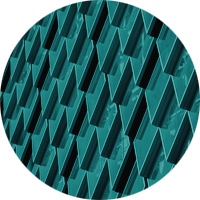Creating materials that advance everyday life
Perstorp develops and manufactures competitive edge chemistry and material solutions for the plastic industry in partnership with formulators, converters and customers to produce future-proof, safe, sustainable and high-performing materials.
For the past 100 years, plastic materials have replaced energy and resource intensive alternatives such as metal, paper, glass and ceramics, much thanks to their light weight, flexibility and availability. Plastic materials are a game changer in their way of improving life, protecting food, enabling efficient and safe transportation and offering more sustainable materials for buildings and constructions.
The plastic industry is currently going through its largest revolution with conversion to more recycling, ambitious targets on reducing waste and pushing to lower carbon footprint. New developments in manufacturing methods are on the rise such as additive manufacturing, expanding the boundaries even further in developing resource efficient and high performing materials with the aim to deliver new products faster to the market. All of this with respect to health and safety for humans and the environment.





